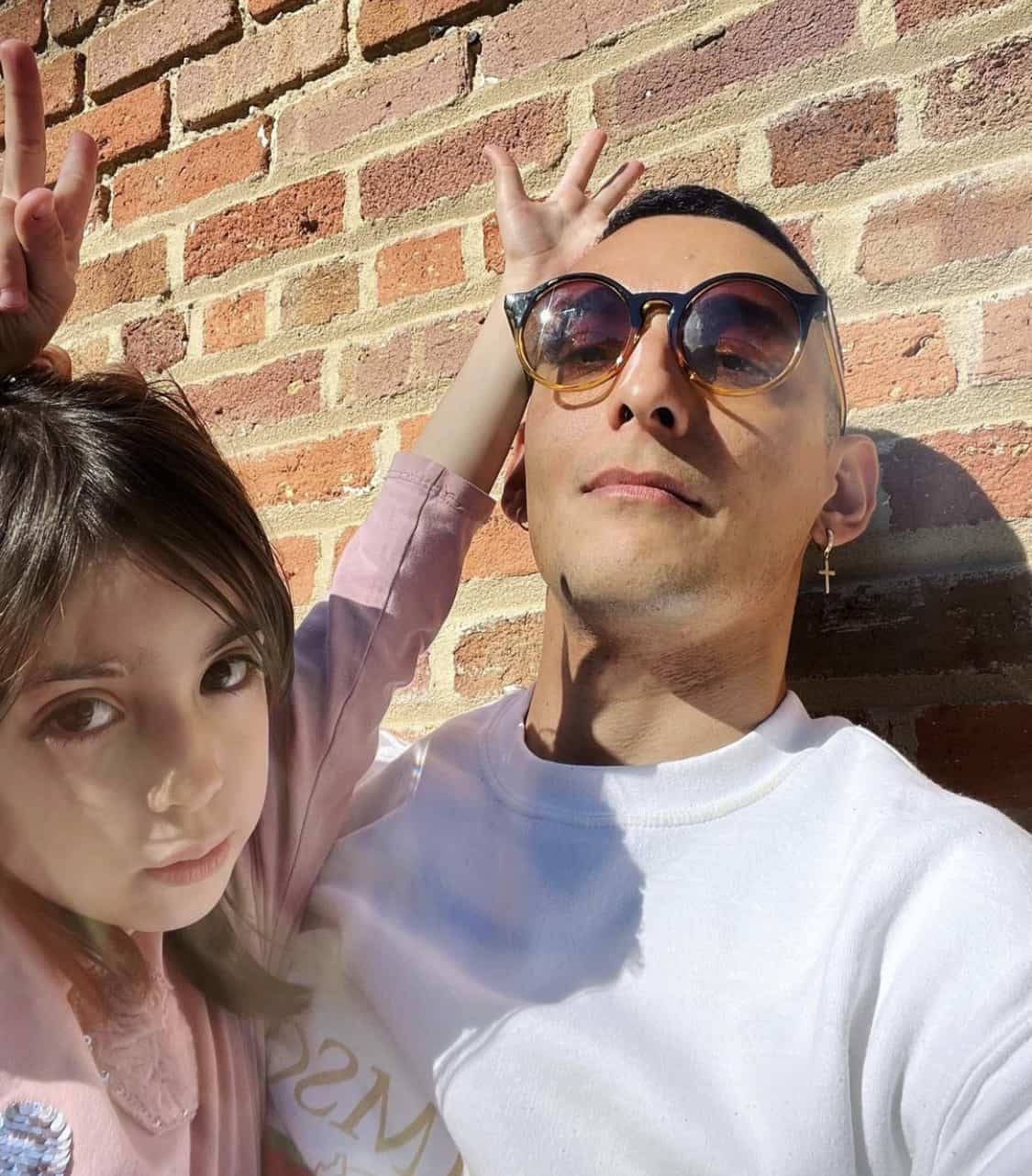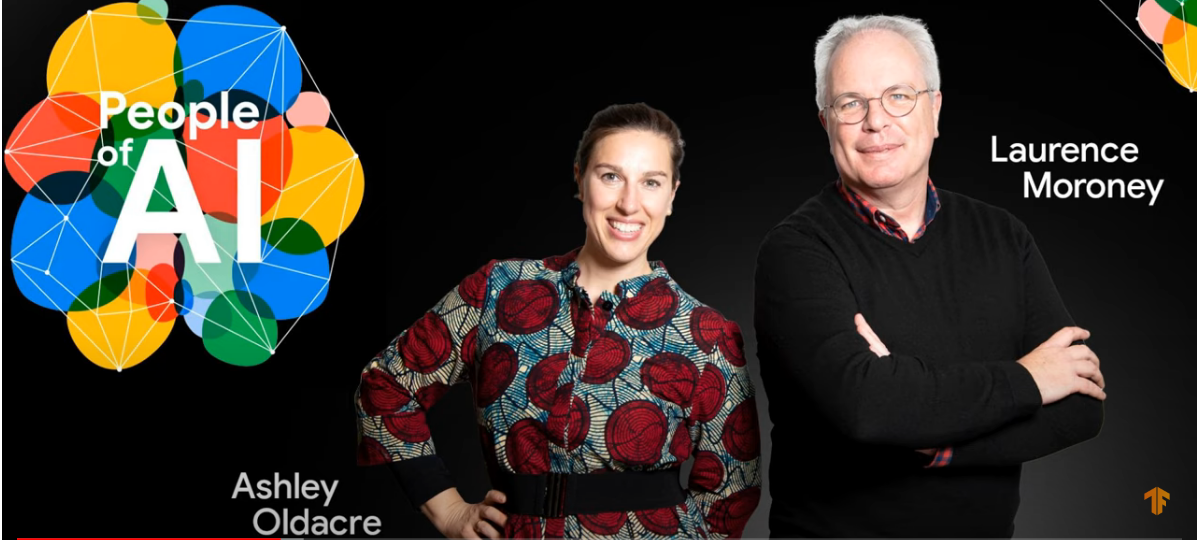🗞 Kind ML through UX Research

Hi there! 👋 Thanks for stopping by. USERWEEKLY is your weekly email to understand what is happening in User Research. It's the best way to keep up on trends, methodologies and insights in UX Research. It is written by me, Jan Ahrend. Each week I capture the pulse of our community and answer a simple question: What mattered in User Research this week?
😌 Humans of User Research with Feras Klenk

Tell us a little about yourself, Feras.
Hello! My name is Feras Klenk, and I am a UX researcher with Edward Jones. In a former life, I was an academic and like many of my fellow (social science) PhD holders pivoted toward user research. From a conceptual and practical standpoint, I found the transition straightforward because I’ve always enjoyed talking to and understanding people. When I am not working at the intersection of financial services and human behavior, I enjoy spending time with my daughter, weightlifting, cooking, and heavy reading – I am currently jumping between Natalie Koch’s Arid Empire, Malcolm Harris’s Palo Alto, and Chad William’s The Wounded World.
What originally got you interested in UX Research?
I remember when I first learned about UX research I was completing my dissertation. I thought there was some “family resemblance” with anthropology like tools, but with key differences such as purpose and outcome. I had several friends who made the switch and shared aspects of their work with me. I was lucky to have several mentors who patiently answered all my tedious questions, provided practical and actionable advice. Finally, I listened to several podcasts that helped me think about worklife outside of academia. The totality of these (inter)actions along with a aforementioned interest in studying human behavior made me really excited about UXR and made the career pivot feel like a natural move.
What was the funniest/weirdest experience you had in a user study?
Okay, so this happened with a previous employer. I was supporting a client-facing research project in the logistics space by conducting usability studies. All was going well or rather nothing out of the ordinary until User X appeared. When the interview opened with a sharp critique of the company, I knew I was in for an unusual time. The event lasted 90 minutes but it felt like an eternity. There was lots of colourful politico-economic commentary interspersed between the interview questions and resposnes. While genuinely interested in the user’s discourse, I gently brought the user back to our main task. When the interview was over I allowed myself a sigh of relief. My team leader would later note that I demonstrated real empathy because she would have ended the interview immediately!
How can people find you?
I can be found on LinkedIn. Feel free to reach out to me if you want to chat about all things UX, the academy to UXR pipeline, or just life under late capitalism.
Thank you, Feras!
Subscribe to stay up to date on User Research news and trends.
Spotlight > Articles > Video > Audio
📚 Articles of the Week.
The future of UX Research with the implementation of AI tools — it’s not ChatGPT
AI tools in UX research might in the future analyze facial expressions, generate dynamic questions, automate response analysis, identify patterns, and provide notes during interviews. These advancements streamline the process, make it cost-effective, and allow for qualitative research at scale. Human input and review remain essential. Leticia Mendonça 05/14
Avoiding pitfalls in reporting user behavior changes
User behavior changes over time are influenced by various factors, including cognitive fluctuations, psycho-social factors, sociological factors, economical factors, political factors, technological factors, environmental factors, and demographic factors. To measure the impact of a new design, effective approaches include statistical analysis using tests like t-tests and time series modeling to analyze usage patterns before and after the design change. Considering these factors and employing comprehensive evaluation methods can provide a better understanding of user behavior and inform design decisions. Talieh Kazemi 05/12
From Sociology to UX Research
Tianyi's personal journey of transitioning from sociology to UX research. They discuss the challenges they faced in defining their career path and how they accidentally discovered UX research through a random encounter with a tech recruiter. They also provide resources and tips for aspiring UX researchers coming from similar backgrounds. Tianyi Qian 05/16
Audition research participants first with screener surveys
Not all participants are created equal. Here's how to screen out the wrong ones before it’s too late. Nikki Anderson-Stanier 05/16
Spotlight > Articles > Video > Audio
🎥 Video of the Week.
Kind and helpful Machine Learning through UX Research
Meet Michelle Carney, a Machine Learning User Experience Researcher at Google. Learn how her careers in music, neuroscience, teaching, and machine learning have informed her ability to understand how people use Machine Learning tools, and provide better feedback to help make these tools more useful, helpful, kind, and inclusive of all types of user experiences. YouTube 05/19

Subscribe to stay up to date on User Research news and trends.
🔉 Audio of the Week.
CHI2023: What can academic research tell us about the current & future state of generative AI?
What aspects of generative AI are academics conducting cutting edge research currently investigating? How can UX researchers and designers apply lessons from this research in their own work? And should we learn to love or fear AI?. Spotify Apple 05/11

Happy Researching,
🗞 Jan
User Weekly Newsletter
Join the newsletter to receive the latest updates in your inbox.
